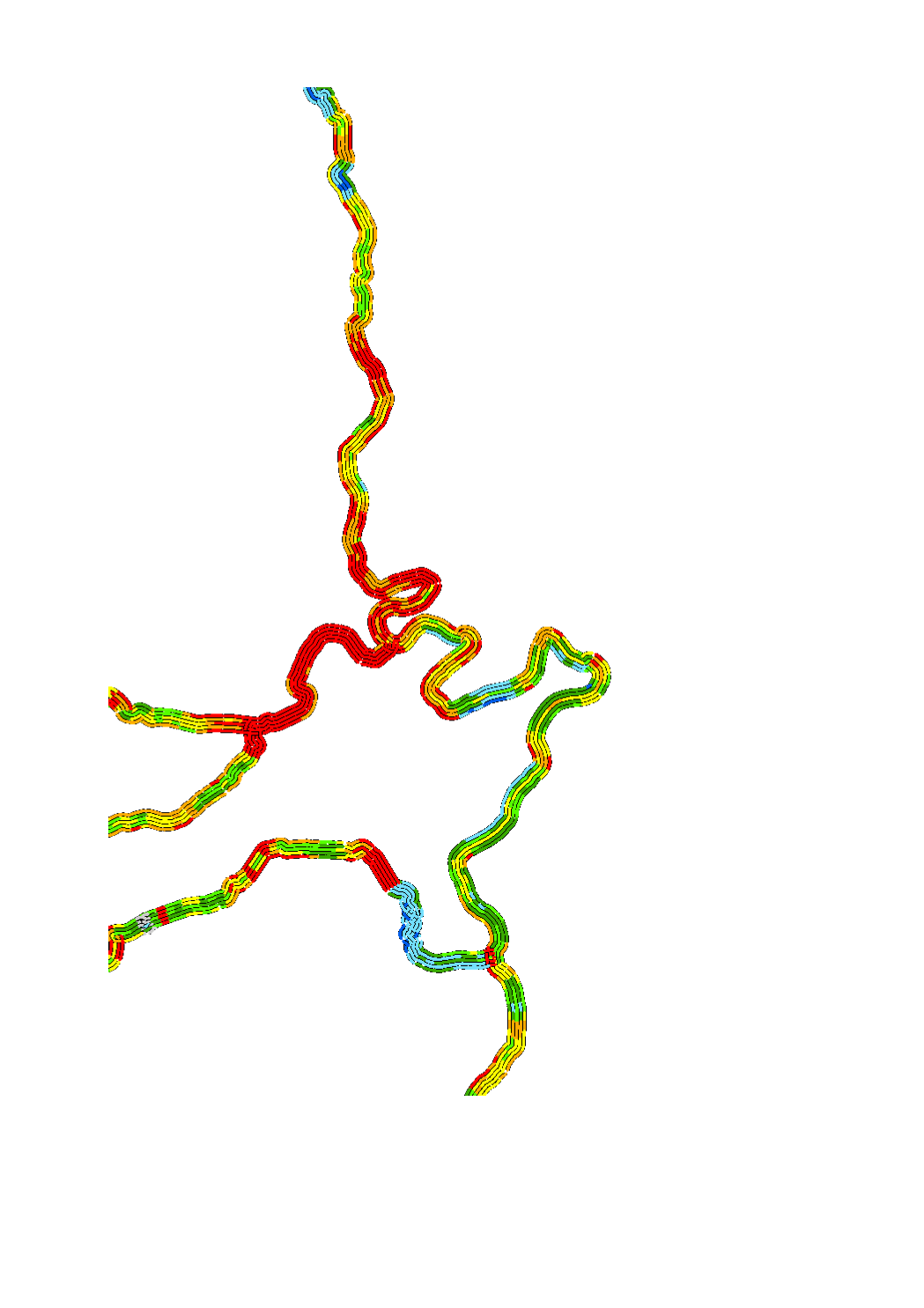Water>Water framework directive [WFD]>River Basin Management Plan 2021
Type of resources
Available actions
Topics
Keywords
Contact for the resource
Provided by
Groups
Years
Representation types
Update frequencies
status
Scale
-

Detailed cartography of substrate based on the analysis of 100 meters representative river sections, every 1000 meters.
-

The hydromorphological status was determined by a monitoring compliant with the Water Framework Directive (Directive 2000/60/EU). The elaboration of a structural quality mapping is one part of this monitoring. Within the scope of the work on the structural quality mapping, a total of 31 parameters in the area of the river bed, the river bank and the floodplain are assessed so that the structural quality mapping contains detailed information on the river morphology and the river continuity. In this case, the evaluation of the mapped sections is based on seven classes. The results of the evaluation were aggregated into an overall evaluation per mapped section.
-

Detailed inventory of transversal structures which represent an obstacle to the ecological continuity for fish or sediments (e.g. weirs, dams, ramps, waterfalls).
-

Cartography of cross profiles of a representative river section every 1000 meters. The assessment of the rate of river incision was calculated from the ratio between bankfull height and bankfull width.
-

The hydromorphological status was determined by a monitoring compliant with the Water Framework Directive (Directive 2000/60/EU). The elaboration of a structural quality mapping is one part of this monitoring. Within the scope of the work on the structural quality mapping, a total of 31 parameters in the area of the river bed, the river bank and the floodplain are assessed so that the structural quality mapping contains detailed information on the river morphology and the river continuity. In this case, the evaluation of the mapped sections is based on five classes. The results of the evaluation were aggregated into an overall evaluation per mapped section.
-

The hydromorphological status was determined by a monitoring compliant with the Water Framework Directive (Directive 2000/60/EU). The elaboration of a structural quality mapping is one part of this monitoring. Within the scope of the work on the structural quality mapping, a total of 31 parameters in the area of the river bed, the river bank and the floodplain are assessed so that the structural quality mapping contains detailed information on the river morphology and the river continuity. In this case, the evaluation of the mapped sections is based on five classes. The areas river bed, left river bank, right riverbank, left floodplain and right floodplain are represented in 5 strips.
-

Detailed inventory of crossing structures which represent an obstacle to the ecological continuity for fish or sediments (e.g. culverts).
-

The types of measures related to hydromorphology (HY) which are defined in the catalogue of measures of the third river basin management plan, were assigned to the individual water bodies. The objective of this assignation is to identify for each water body those measures that will help to reduce the pressures and deficits present in the water body, thereby improving its status or maintaining its good status. The hydromorphological measures include the restoration of the ecological continuity, the improvement of the riverbed structure as well as the restoration of a near-natural hydrological regime.
-

Restoration of near-natural flow regime at hydropower plants, discharges and diversions. Adapted operation of hydropower plants, verification and, if necessary, restoration of the natural state of discharge points and verification and possible elimination of water abstractions by means of specific studies of alternative solutions and proposals for mitigation measures.
-

River basin specific pollutants are substances that enter the river basin or parts of it in significant quantities. The quantitative assessment is done with environmental quality standards that are fixed by the European Union member states. In Luxembourg, the substances and limit values (annual average) are fixed in the grand ducal regulation of 15 January 2016 (règlement grand-ducal du 15 janvier 2016 concernant l'évaluation des masses d'eau de surface). Evaluation takes place with 2 categories (good, moderate and worse). River basin specific pollutants are used together with the general physico-chemical parameters for evaluation of the ecological status.
 geocatalogue.geoportail.lu
geocatalogue.geoportail.lu